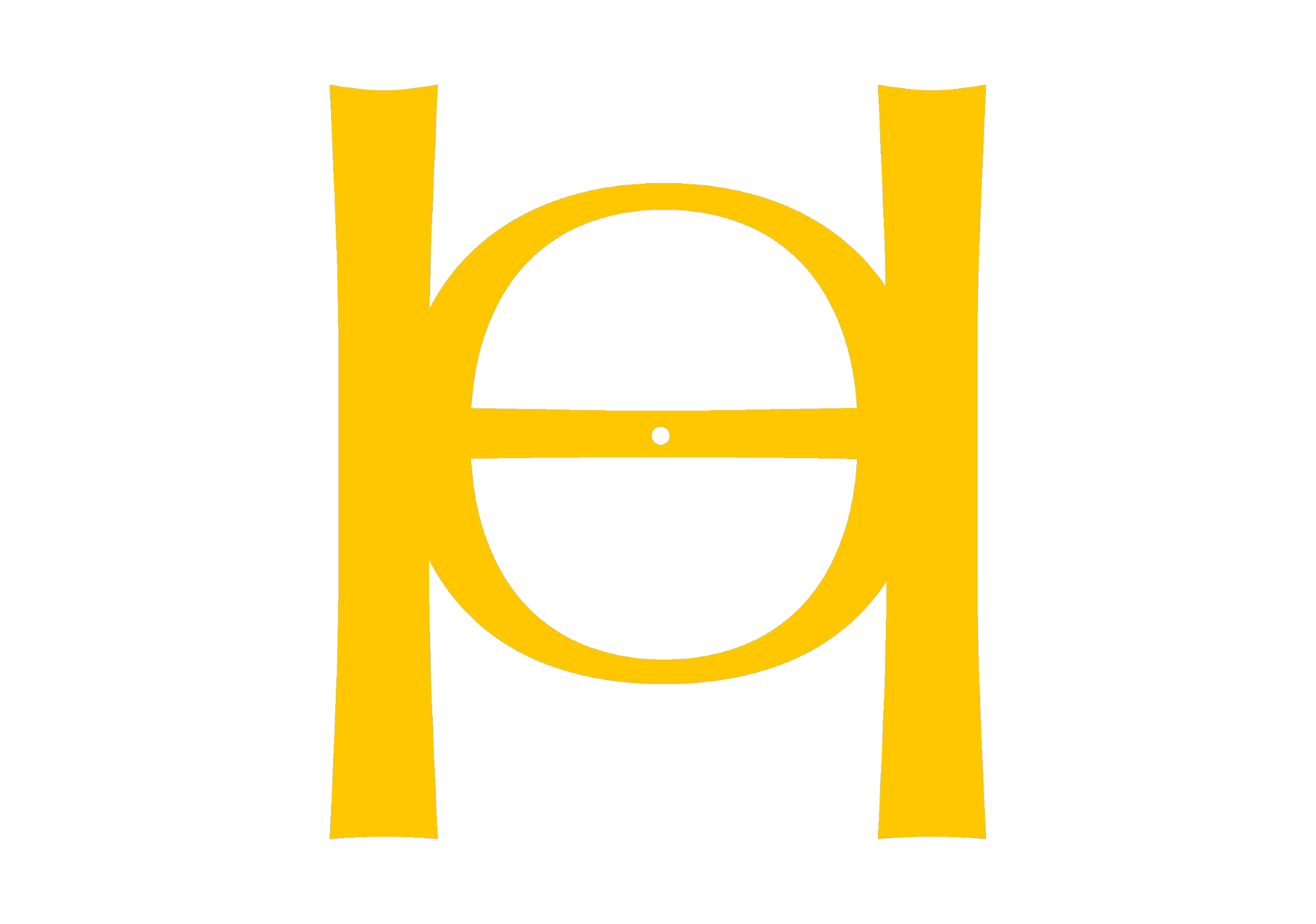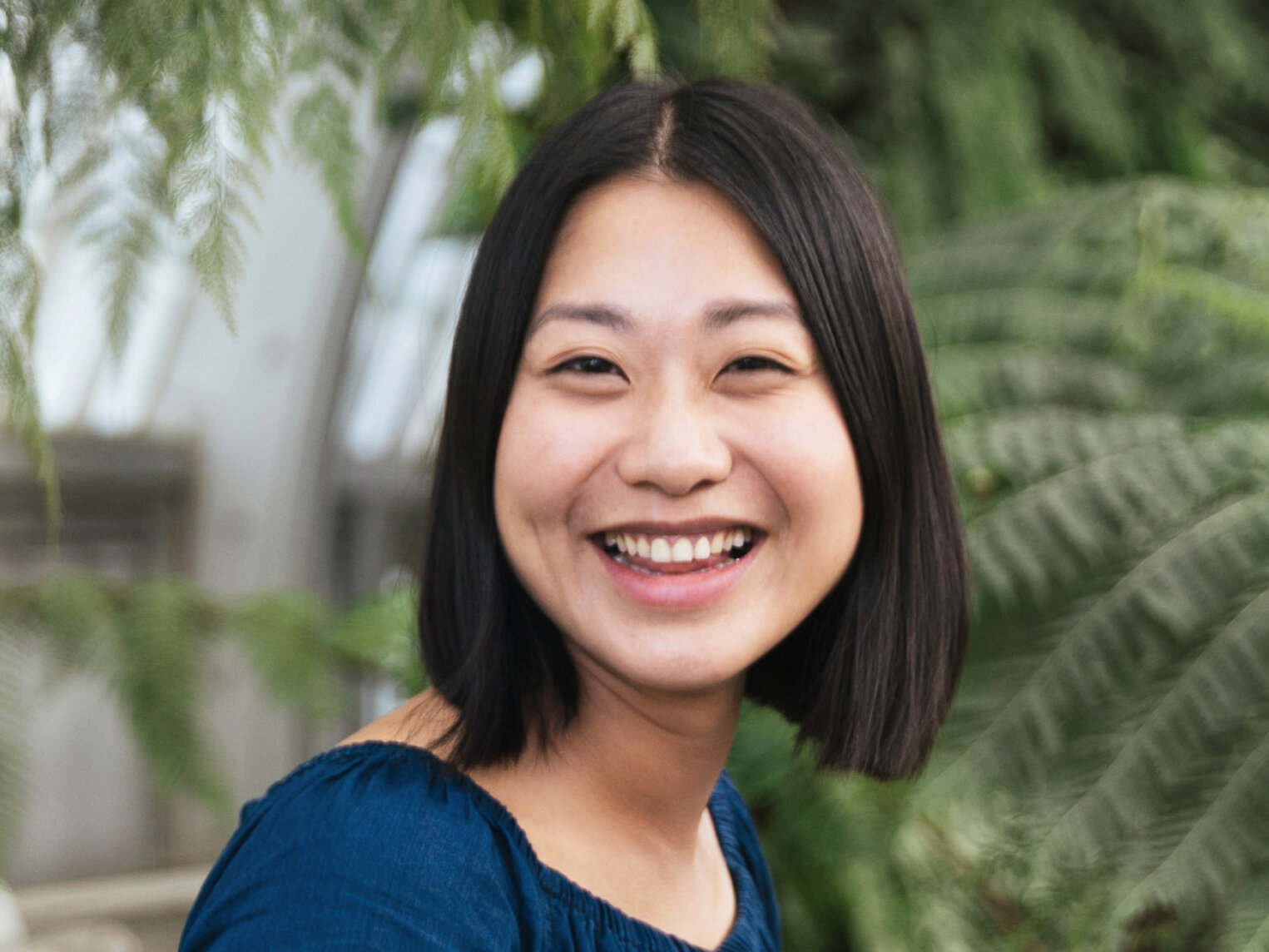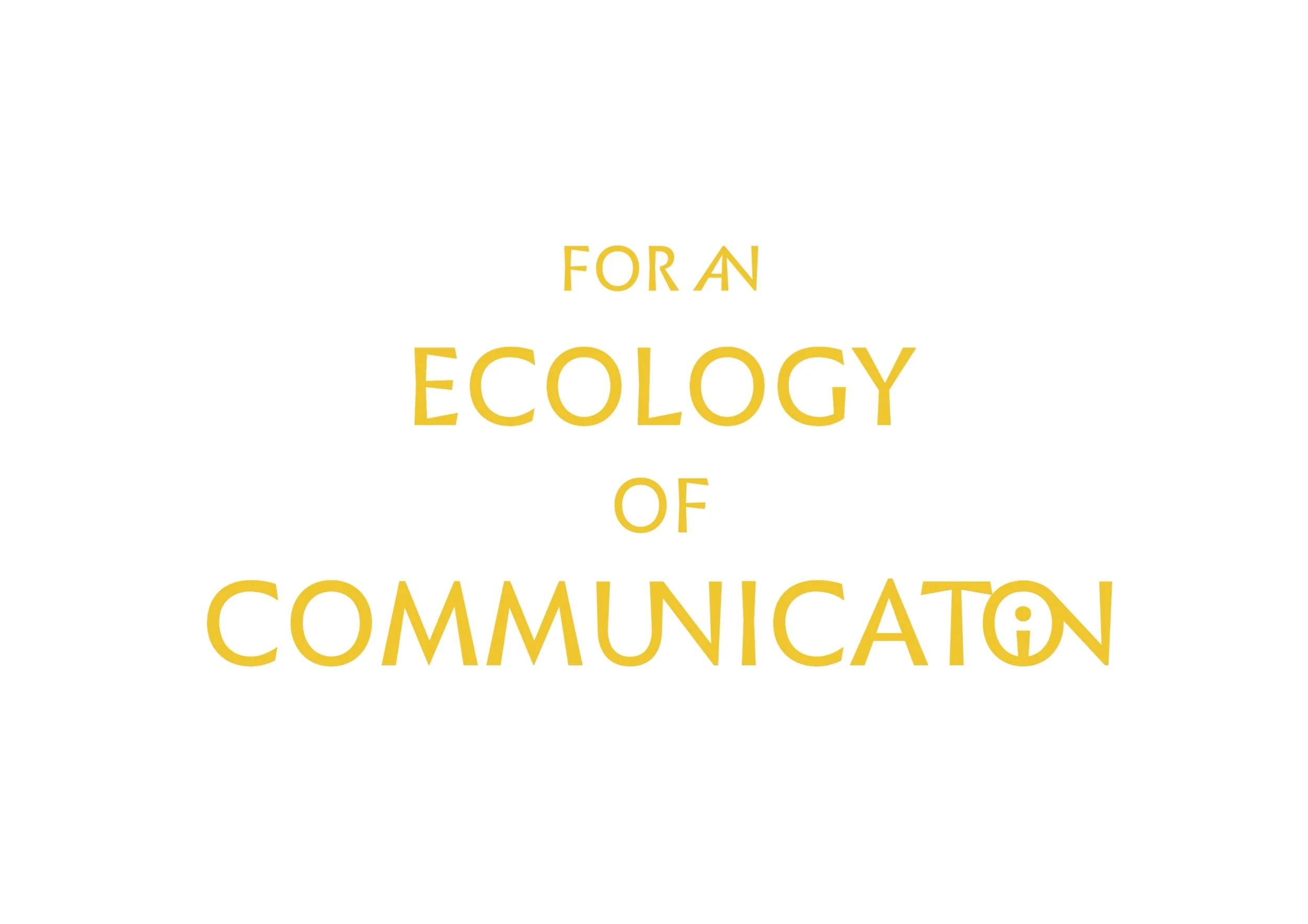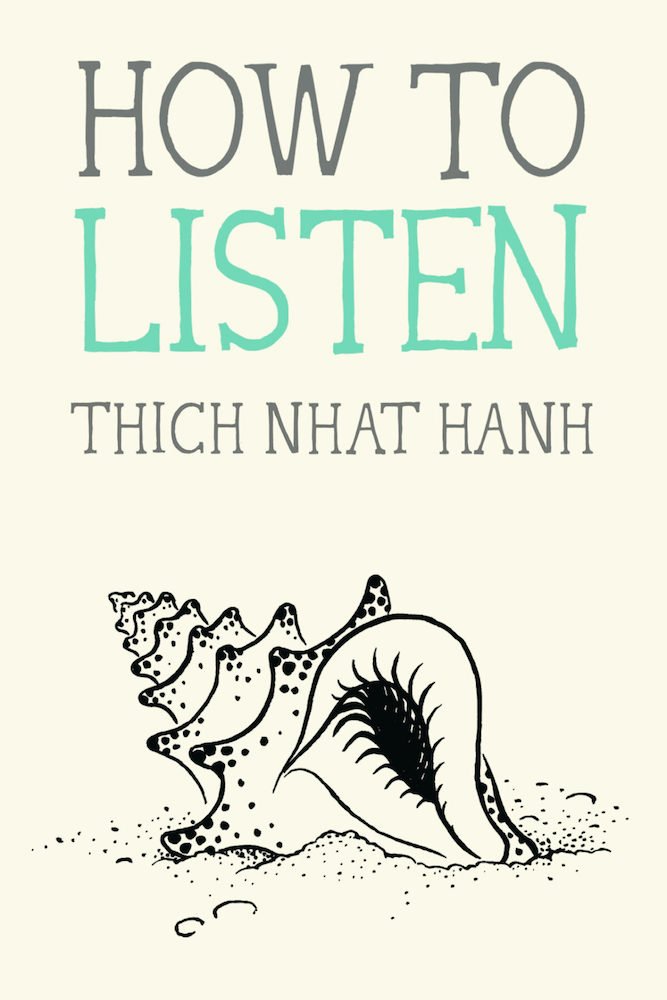Heading HEADING 1
Heading HEADING 1
Heading HEADING 2
Heading HEADING 2
Heading HEADING 3
Heading HEADING 3
Heading HEADING 4
Heading HEADING 4
Paragraph PARAGRAPH 1
Paragraph PARAGRAPH 2
Paragraph PARAGRAPH 3
Monospace Thanks to X for pointing out this source.MAIN BLUE: #7877E6
MAIN LIGHT GREY #F4F4F3
MAIN DARK GREY #4F4F4F
–
WARM YELLOW #FFC700
GREEN #8DD9BF
LIGHT GREEN #9CE5C7
WARM GREY #A8A6A1
LIGHT GREY2 #DFE0E1
LIGHTER GREY #FAFAFA
LIGHT GREY3 #DCDCDC
NEW BLUE #5E65C4
GREY-BLUE #E0E2ED
GREY-BLUE2 #E5E9FD
PINK #F598FF
VIOLET #B564F7
CYAN: #00FFFF
MAGENTA: #FF00FF
YELLOW: #FFFF00
BLACK: #000000
- Activism
- African Americans
- Architecture
- Art
- Biology
- Body
- Botany
- Buddhism
- Business
- Canada
- Christianity
- Climate Justice
- Communication
- Community
- Compassion
- Composition
- Conflict Resolution
- Connection
- Contact Hypothesis
- Council
- Culture
- Dadirri
- Decolonization
- Deep Listening
- Democracy
- Ecology
- Ecology of Communication
- Education
- Ethics
- Feminism
- Forensic Listening
- Gender
- Healing
- Health
- Hearing vs Listening
- History of Listening
- Improvisation
- Indigenous African
- Indigenous American
- Indigenous Australian
- Indigenous Listening
- Intercultural Listening
- Interdisciplinary
- Interspecies Communication
- Islam
- Leadership
- Life Stories
- Listening Circle
- Listening Leaders
- Listening Practice
- Listening Skills
- Listening to the Land
- Love
- Management
- Medicine
- Meditation
- Mental Health
- Mindfulness
- Modernity
- Monasticism
- Music
- Musicology
- Mythology
- Opera
- Oral History
- Peacebuilding
- Performance
- Philosophy
- Polarization
- Politics
- Practice
- Psychiatry
- Psychoanalysis
- Psychology
- Psychotherapy
- Race
- Race Relations
- Racism
- Re-indigenization
- Reconciliation
- Relationship
- Religion
- Restorative Justice
- Science
- Shame
- Silence
- Social Justice
- Society
- Sound
- Sound Studies
- Soundscape
- Spirituality
- Surveillance
- Technology
- Traditional Medicine
- Trauma
- USA
- Voice
- War
- Wisdom
-
Nagara Listening
"“nagara listening,” whereby the listener is involved in various other actions and gestures while listening. This type of listening behavior involves tacit rules that enable the conversation to run smoothly." (Shirota, 2023)
Pakati Listening
"“nagara listening,” whereby the listener is involved in various other actions and gestures while listening. This type of listening behavior involves tacit rules that enable the conversation to run smoothly." (Shirota, 2023)
"Based on a review and synthesis of literature across multiple fields of study, we describe social listening as a dimension of listening comprising a blend of purposes complementary to the existing appreciative, comprehensive, critical, discriminative, and therapeutic listening types discussed in Wolvin and Coakley’s (1993) listening taxonomy." (Stewart & Arnold, 2018)
-
Description text goes here
-
Description text goes here
INTERVIEWS
⭅ HUMAN INTERVIEWS
AI-INTERVIEWS ⭆

TOWARDS AN
⭆ ECOLOGY OF COMMUNICATION ⭅
FOR AN
ECOLOGY
OF
COMMUNICATION
TOWARDS A
LISTEENING SOCIETY
LISTEENING STORIES
all images: modified cancer in human tissues. © wellcome foundation
Make it stand out.
TOWARDS AN
ECOLOGY OF COMMUNICATION
VIDEEO LECTURES
TEXTS & STORIES
PODCASTS
INTERVIEWS
SOUND
AUDIO
VIDEEO
READING LIST
BOOKS
Meet the Team
Meet the Team
-

Monet Goode
FOUNDER
-

Emmett Marsh
DESIGN DIRECTOR
-

Eleanor Parks
SUSTAINABILITY DIRECTOR
-

Karl Holland
SALES MANAGER
-

Jaya Dixon
MARKETING DIRECTOR
-

Jamie Kokot
CUSTOMER SERVICE MANAGER
House of Listening Montserrat
I’m dreaming of an imaginary place where listening is the most important thing — listening to strangers, listening to friends and enemies, listening to humans and other-than-humans, listening to (different parts of) oneself, listening to sounds, music, language and noise, listening to sense and nonsense, listening to breath, listening to silence — an imaginary place that can be a moment in time, a location in space, a conversation, an intention, a gesture, a sensation, an encounter, a practice, a relation. Garamond12
BODY & LISTENING
On the bulletin board in the front hall of the hospital where I work, there appeared an announcement. “Yeshi Dhonden,” it read, “will make rounds at six o’clock on the morning of June 10.” The particulars were then given, followed by a notation: “Yeshi Dhonden is Personal Physician to the Dalai Lama.” I am not so leathery a skeptic that I would knowingly ignore an emissary from the gods. Not only might such sangfroid be inimical to one’s earthly wellbeing, it could take care of eternity as well. Thus, on the morning of June 10, I join the clutch of whitecoats waiting in the small conference room adjacent to the ward selected for the rounds. The air in the room is heavy with ill-concealed dubiety and suspicion of bamboozlement. At precisely six o’clock, he materializes, a short, golden, barrelly man dressed” “in a sleeveless robe of saffron and maroon. His scalp is shaven, and the only visible hair is a scanty black line above each hooded eye.
Subtitle Yes One
He bows in greeting while his young interpreter makes the introduction. Yeshi Dhonden, we are told, will examine a patient selected by a member of the staff. The diagnosis is as unknown to Yeshi Dhonden as it is to us. The examination of the patient will take place in our presence, after which we will reconvene in the conference room where Yeshi Dhonden will discuss the case. We are further informed that for the past two hours Yeshi Dhonden has purified himself by bathing, fasting, and prayer. I, having breakfasted well, performed only the most desultory of ablutions, and given no thought at all to my soul, glance furtively at my fellows. Suddenly, we seem a soiled, uncouth lot.
The patient had been awakened early and told that she was to be examined by a foreign doctor, and had been asked to produce a fresh specimen of urine, so when we enter her room, the woman shows no surprise. She has long ago taken on that mixture of compliance and resignation that is the facies of chronic illness. This was to be but another in an endless series of tests and examinations. Yeshi Dhonden steps to the bedside while the rest stand apart, watching. For a long time he gazes at the woman, favoring no part of her body with his eyes, but seeming to fix his glance at a place just above her supine form. I, too, study her. No physical sign nor obvious symptom gives a clue to the nature of her disease.
BODY & LISTENING
QUEER
QUEAR
EAR
PRACTICES
HOLLIBRARY
QUEER
QUEAR
I’m dreaming of an imaginary place where listening is the most important thing — listening to strangers, listening to friends and enemies, listening to humans and other-than-humans, listening to (different parts of) oneself, listening to sounds, music, language and noise, listening to sense and nonsense, listening to breath, listening to silence — an imaginary place that can be a moment in time, a location in space, a conversation, an intention, a gesture, a sensation, an encounter, a practice, a relation. Sabon12
I’m dreaming of an imaginary place where listening is the most important thing — listening to strangers, listening to friends and enemies, listening to humans and other-than-humans, listening to (different parts of) oneself, listening to sounds, music, language and noise, listening to sense and nonsense, listening to breath, listening to silence — an imaginary place that can be a moment in time, a location in space, a conversation, an intention, a gesture, a sensation, an encounter, a practice, a relation. Sabon12
HOUSE OF LISTENING
DEEEP LISTENING
EAR
WELCOME
FOLLOW ME
HELLO
PSYCHEDELIC LISTENING
BERNO ODO POLZER
DANIELA BERSHAN
LEANDER
REMEMBER
MEMORY
DEECOLONIZE LISTENING
POLITICS OF LISTENING
TIME
EXPERIMENTAL PRACTICES
LIBRARY
HEARING
QUEAR
QUEER
ABORIGINAL
ETYMOLOGY
CULTURES of LISTENING
GENEALOGIES GENEALOGY
CULTURES
SCIENCE
INTERVIEWS
AI-INTERVIEWS
OTOLOGY
AUDIO
VIDEO
ART
DEDEDE
BBB
LLLLLL
SOUNDSCAPE
DEEVELOPMENT / LEARNING
(UN)LEARNING
THE LONG NOW
THINKING TOGETEHR
LLISTENING
AGAINST SEPARATION













































